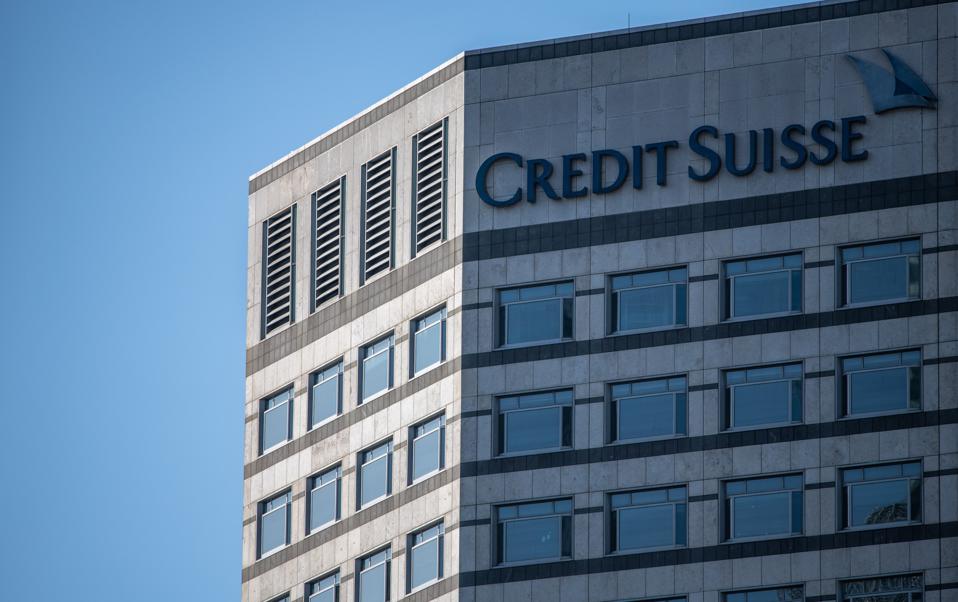Key Takeaways
- Banking Fears Continue
- Economic Data Shows Continued Inflation
- Market Volatility On The Rise
It really is shaping up to be a mad March. Market volatility is picking up as the fallout from fears in the banking sector spread globally. On Tuesday, investors appeared relieved that the banking situation was contained. The S&P 500 gained 1.6% while the Nasdaq Composite rose over 2%. However, those gains have largely been reversed in overnight and premarket trading.
As the saying goes, “there’s never just one mouse in the house.” Concerns over factors causing the implosion at Silicon Valley Bank have spread to other banks throughout the world. Overnight, worries about Swiss bank Credit Suisse began gathering momentum, sending European stocks lower and taking U.S. equity futures with them. With banking fears taking center stage, that has largely replaced investors’ focus on economic data.
On Tuesday, the most recent Consumer Price Index (CPI) reading was released. The number came in as expected with a month-over-month increase of 0.5%, just slightly higher than expectations of 0.4%. On a year-over-year basis, prices increased 6%, in line with expectations. That report comes on the heels of last week’s jobs number that was also largely in line with expectations. However, those numbers may matter less at next week’s Fed meeting given what is taking place in the banking sector.
Just about a week ago, most investors expected the Fed to increase rates by a half point in March. Since then, the number has proven to be a moving target with more volatile swings than at any time in recent memory. Overnight, following the Credit Suisse news, the odds again shifted with a 60% probability of a quarter point hike and a 40% probability rates stay unchanged.
Speaking of volatility, the VIX is indicated higher by about 12% in premarket at around 28. That translates into a daily expected range of nearly 1.5% for the S&P 500. The movement in VIX has been substantial the past few days. Other readings on volatility, including VVIX which measures the volatility of volatility, have also been increasing sharply. In other words, markets are forecasting quite a bit of chop and allowing room for even more chop.
Elsewhere, United Airlines warned on Tuesday about their 1Q earnings. That sent the stock down nearly 5.5%. Shares of Facebook parent Meta rallied over $13 following an announcement by the company that they would be laying off an additional 10,000 workers. That comes after earlier announcements of an 11,000 reduction in jobs. Apple announced they would be changing their bonus structure and reducing the frequency with which some executives are bonused from twice a year to once a year. The iPhone maker also said it would slow hiring. Also, Bank of America announced they have taken in $15B in deposits in the wake of this most recent banking crisis.
Later today, we have more economic data set to be reported. Retail Sales for February are expected to have declined 0.3%. Then the Producer Price Index (PPI) is expected to show a 0.3% increase from January to February. The uncertainty in banks and economic data, combined with next week’s Fed meeting have sent bond futures higher in the premarket with the yield on the benchmark 10 year falling to just over 3.51%.
Markets have really moved into a “risk off” mode with stocks lower and bond prices higher. This type of inverse correlation between stocks and bonds is much more in line with historical market behavior compared to what we saw in the last fifteen years or so when interest rates were kept low. Much of this is being driven by what’s taking place with banks. Investors waiting on a white knight to reassure the banking sector might be willing to settle for a white horse. In the meantime, I would simply stick with your investing objectives and long term goals.
tastytrade, Inc. commentary for educational purposes only.

